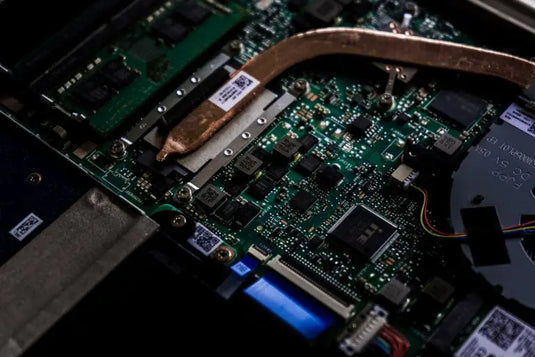Computers can sometimes seem like they’re speaking their own language with all the technical terms and acronyms floating around. Don’t worry, we’re here to help you break through the jargon and understand some of the most common computer terms in plain, easy-to-understand British English:
RAM (Random Access Memory): RAM is like your computer’s short-term memory. It helps your computer run smoothly by temporarily storing the data that your computer’s brain, the CPU, needs to access quickly. More RAM means your computer can handle multiple tasks and programs at once without slowing down.
HDD (Hard Disk Drive): Your HDD is where all your stuff is stored for the long haul. It’s like a big storage room for your computer, holding your operating system, programs, documents, photos, and videos. The size of the HDD determines how much stuff you can keep on your computer. It’s commonplace for laptops to use next-generation storage, called SSD (Solid State Drive) but they do the same.
CPU (Central Processing Unit): The CPU is the brain of your computer. It’s in charge of doing all the thinking and calculations that make your computer work. The CPU takes instructions from programs and carries out tasks, like opening files, running software, and playing games. The speed and number of cores in a CPU affect how fast and powerful your computer is.
Wi-Fi (Wireless Fidelity): Wi-Fi is the magic that lets you connect to the internet without using any pesky cables. It’s a wireless technology that uses radio waves to send and receive data between your computer and a Wi-Fi router. With Wi-Fi, you can browse the web, stream videos, and connect to other devices without getting tangled in wires.
Intel Processors: Intel processors are a type of CPU made by a company called Intel. They’re popular in many computers because they’re known for their performance and reliability. Intel processors come in different models, each with its own set of specifications that determine how fast and capable they are.
Operating Systems: An operating system is the software that manages and controls your computer. It’s like the boss that tells your computer what to do and how to do it. Popular operating systems include Windows, macOS, and Linux. They provide a user-friendly interface and handle tasks like running programs, managing files, and connecting to devices.



